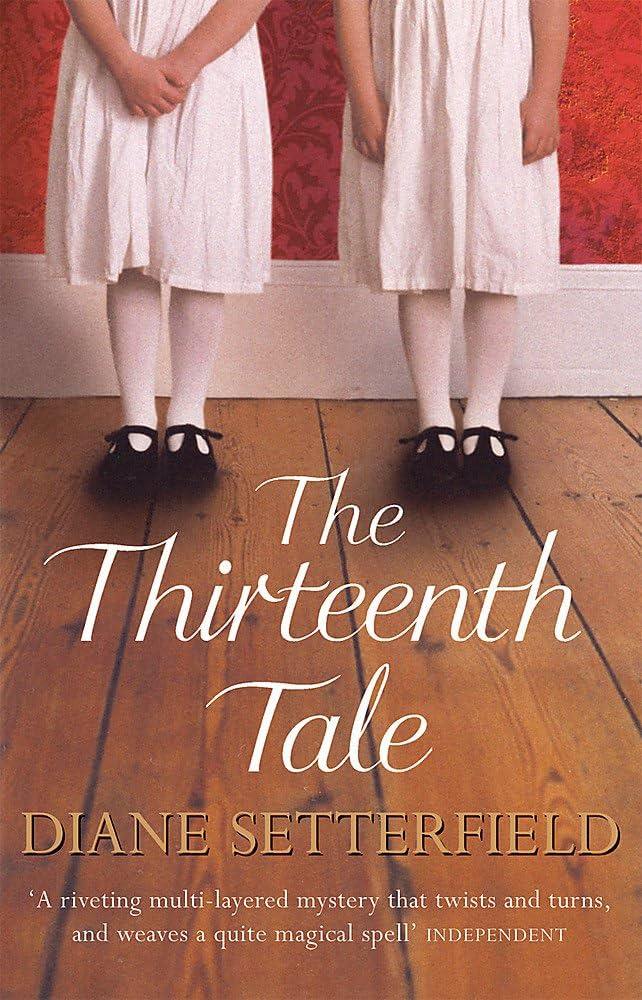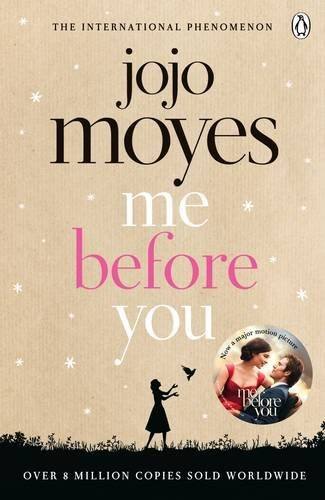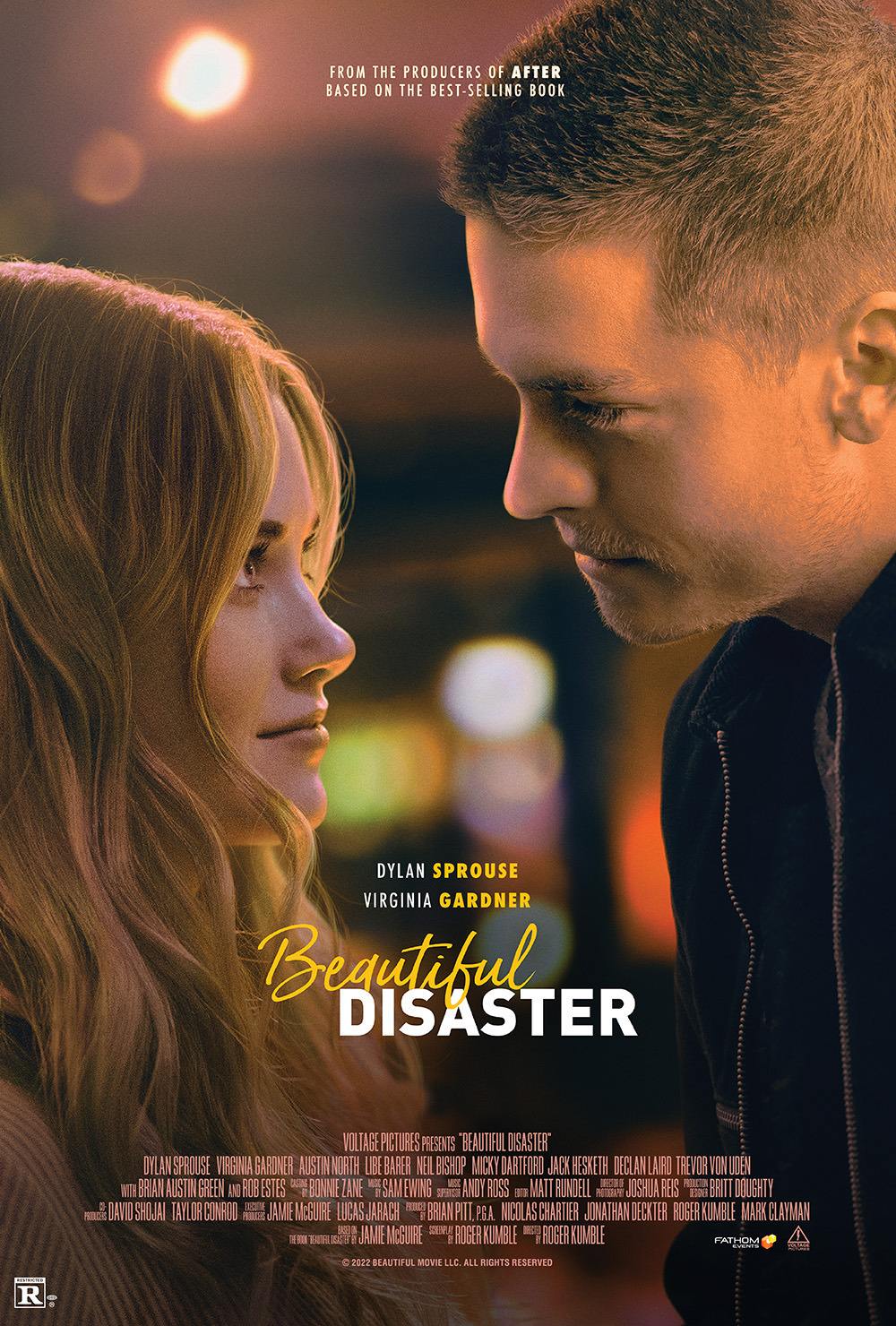Romance novels have long been a source of comfort and escape for readers, offering stories of love, heartbreak, and personal transformation. These stories resonate deeply because they explore the complexities of human emotions in a relatable and often hopeful manner. But what makes them so...

Diane Setterfield’s The Thirteenth Tale is a mesmerizing narrative that deftly weaves myth and reality, creating a haunting story about family secrets and the weight of the past. Through the lens of unreliable narrators and fragmented memories, Setterfield blurs the lines between what is true and what is imagined, leaving the reader to question the nature of truth itself.
At its core, The Thirteenth Tale tells the story of Vida Winter, a famous author with a mysterious past, who enlists biographer Margaret Lea to uncover her real story. Vida’s life is a maze of gothic elements: from abandoned estates to dark family histories. By mixing fact with fiction, Setterfield pulls readers into a story that feels almost mythological in its weight, yet tethered to reality by its emotional core.
Setterfield uses myth to explore the characters' psyches and the generational traumas that haunt them. The novel’s Gothic setting—an old, decaying mansion—plays into the reader's sense of the uncanny, reflecting the disintegration of truth as Vida Winter narrates her tale. This mingling of the supernatural with the real creates an atmosphere where the boundaries between what is real and what is a fantastical invention blur.
The interplay between fact and fiction also allows Setterfield to examine how stories shape identity. Vida, for instance, has spent much of her life constructing her own narrative, altering her history as she saw fit. This manipulation of fact speaks to the theme of storytelling itself—how the stories we tell are often an amalgamation of truth, perception, and imagination.
The novel also underscores the unreliability of memory. Both Vida and Margaret grapple with fractured memories, and this fragmentation mirrors the way myth often distorts truth. Setterfield deliberately leaves certain questions unanswered, reinforcing the idea that the past can never be fully known, only interpreted through the lens of present-day consciousness.
Ultimately, The Thirteenth Tale is a powerful exploration of how myth and reality intertwine to form a complex, multi-layered story. Setterfield’s masterful use of narrative devices compels readers to engage deeply with the text, questioning not just the characters' histories, but the very nature of truth itself.


